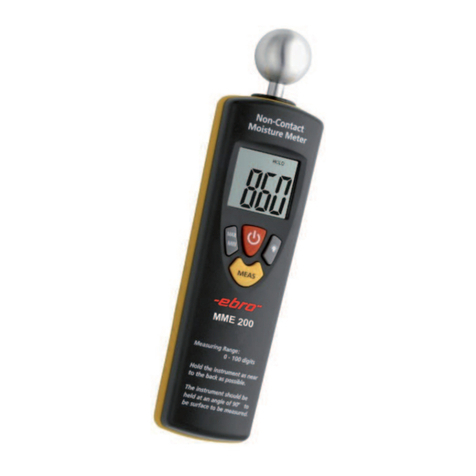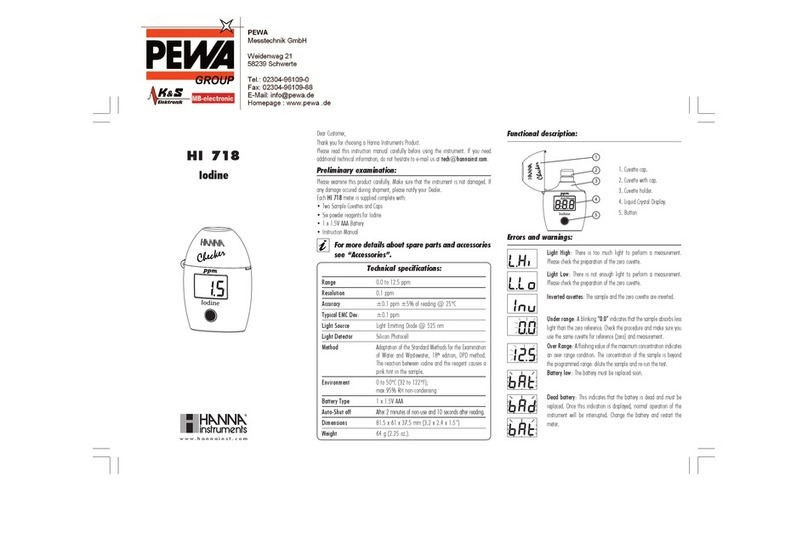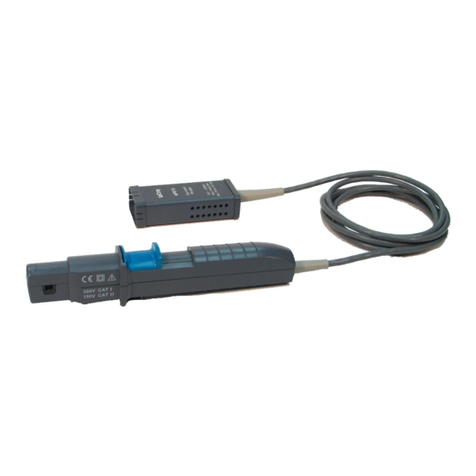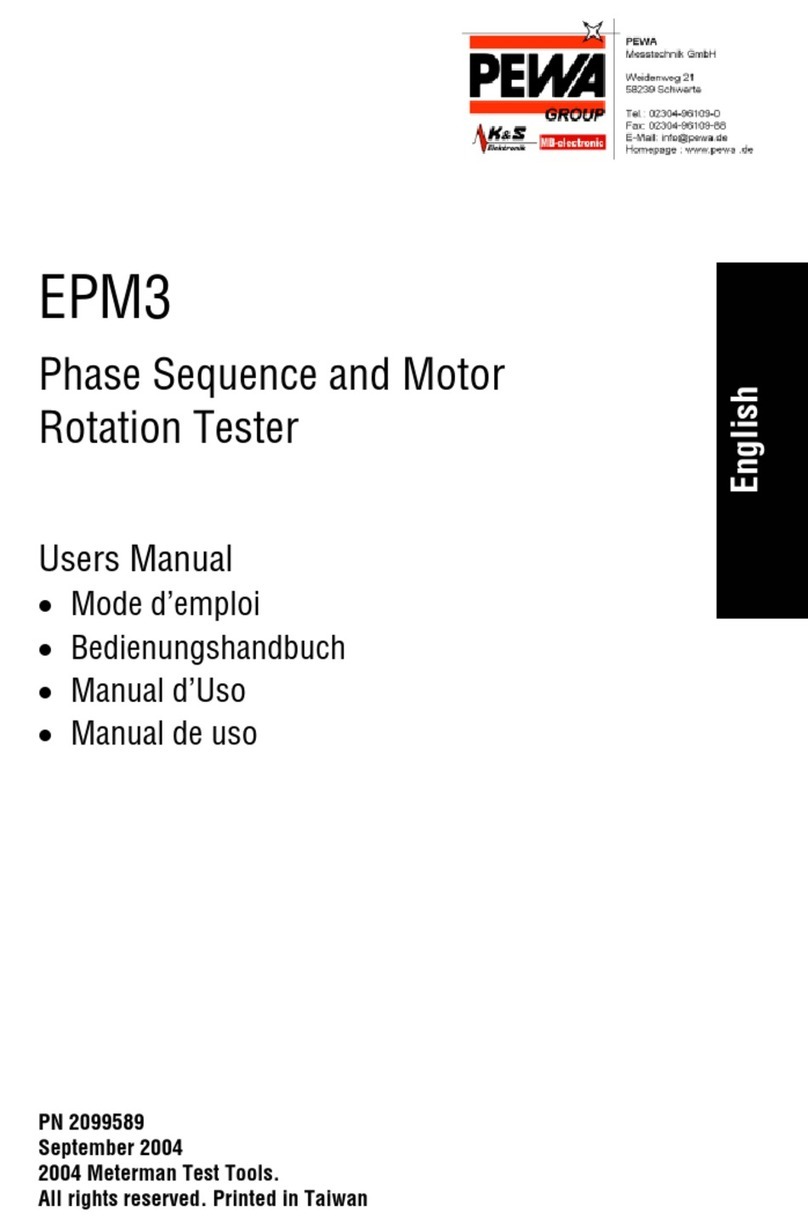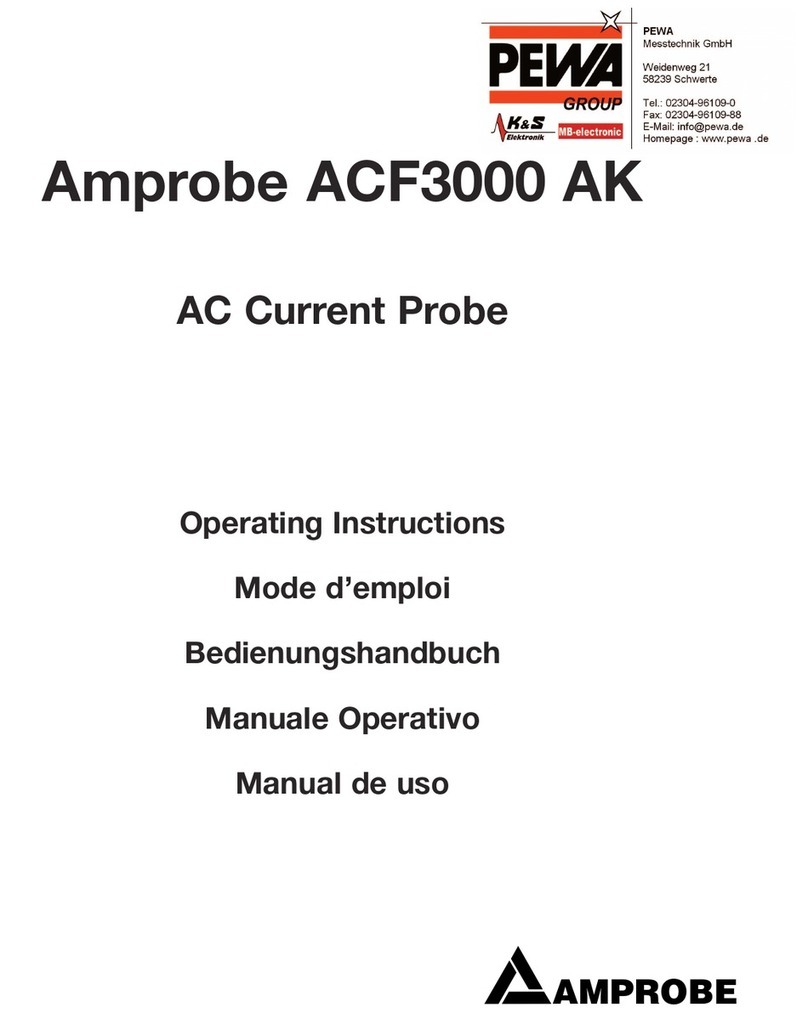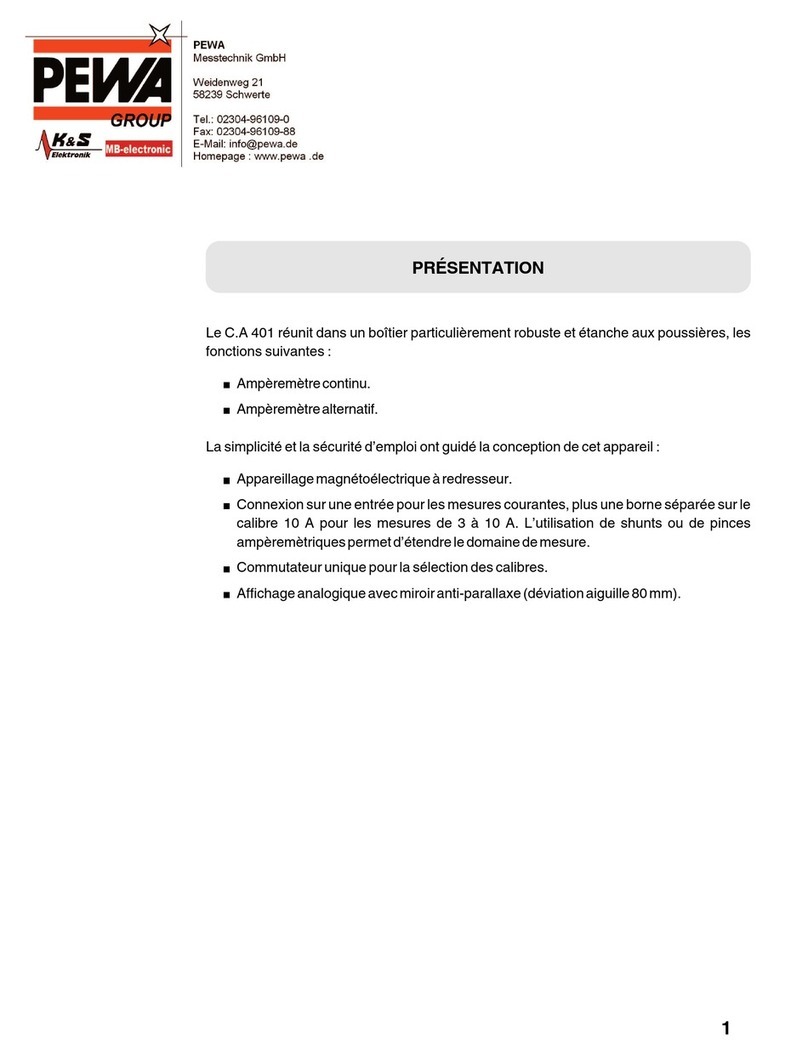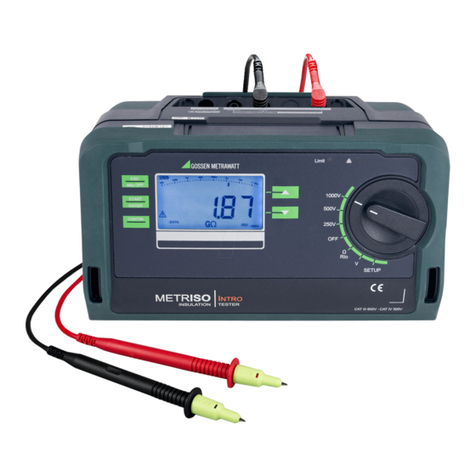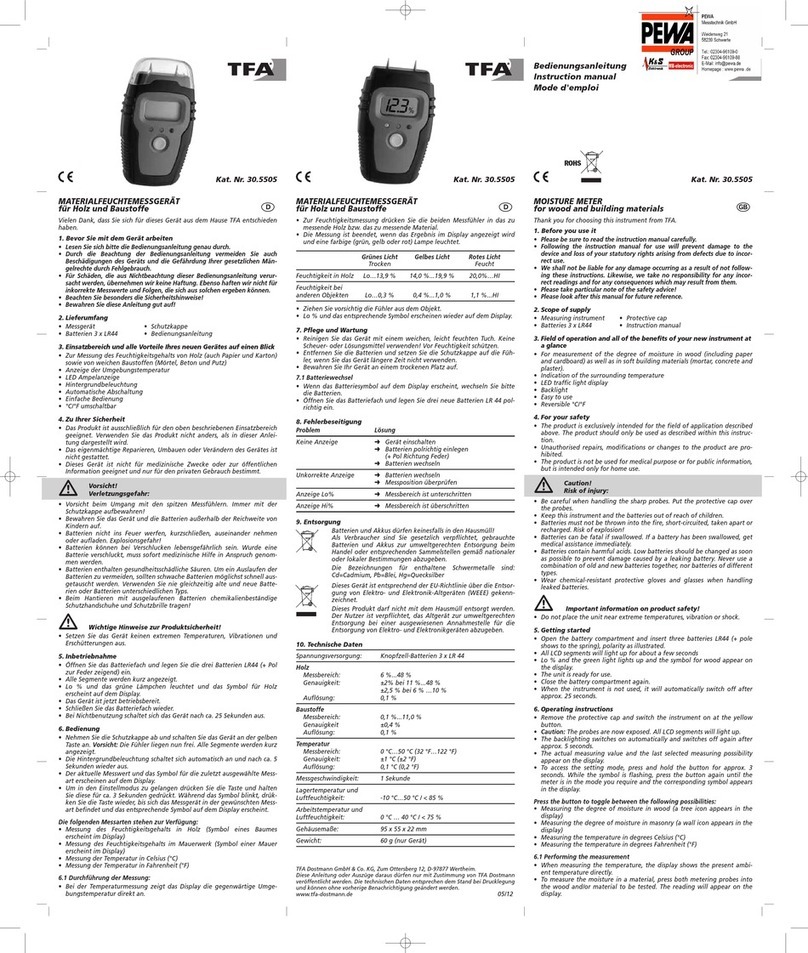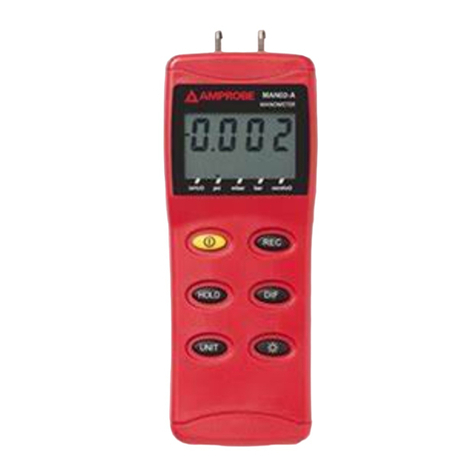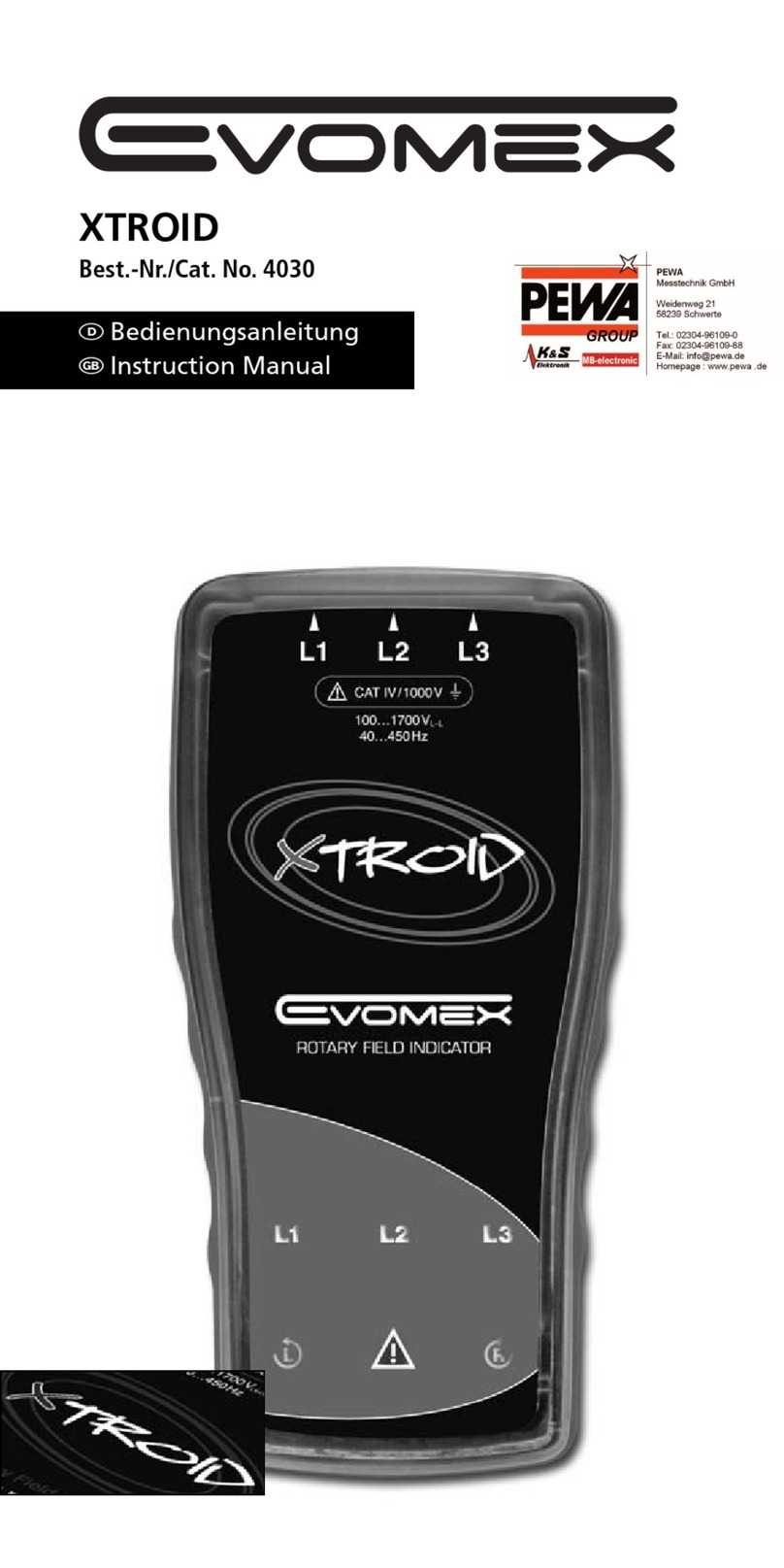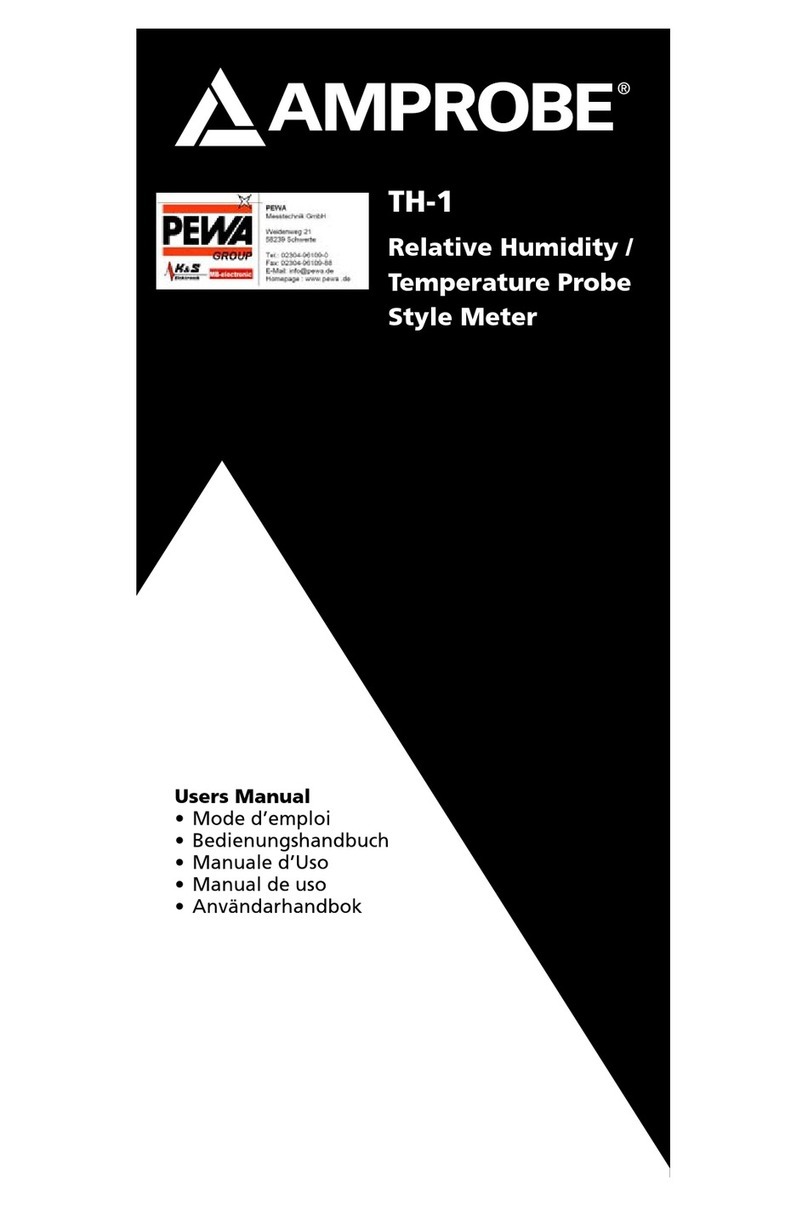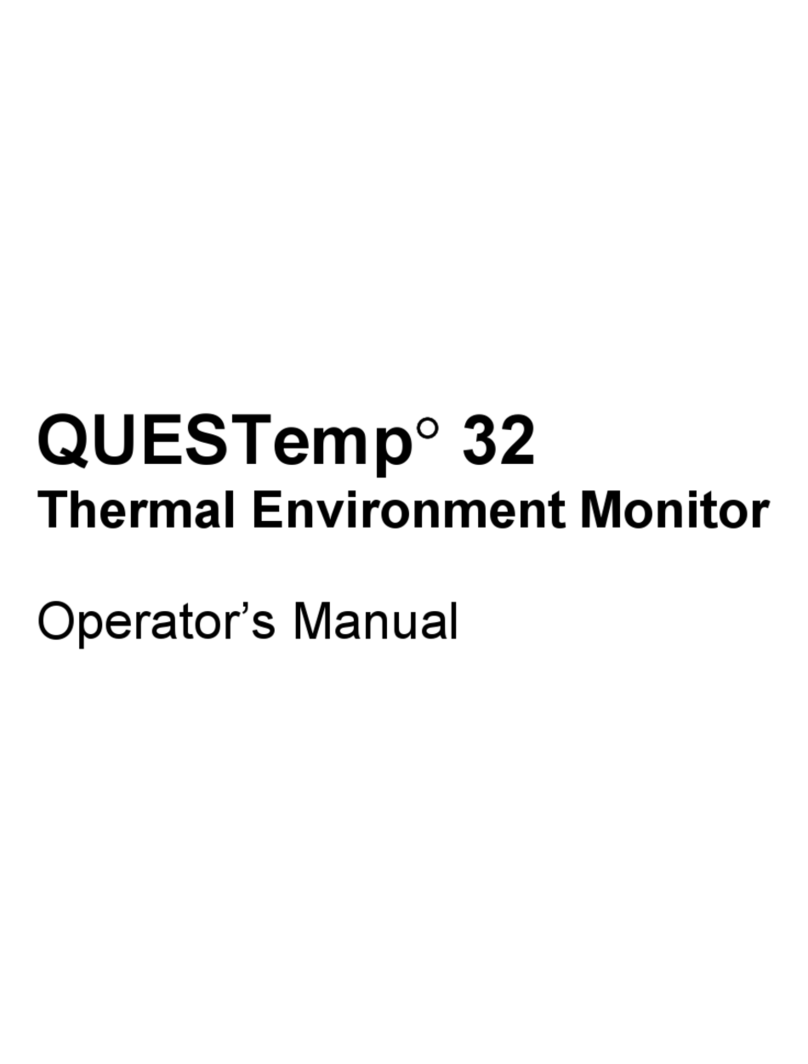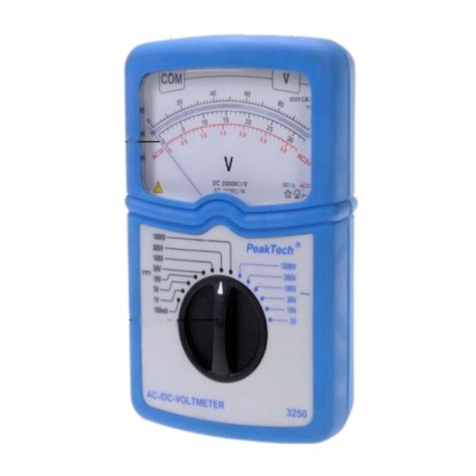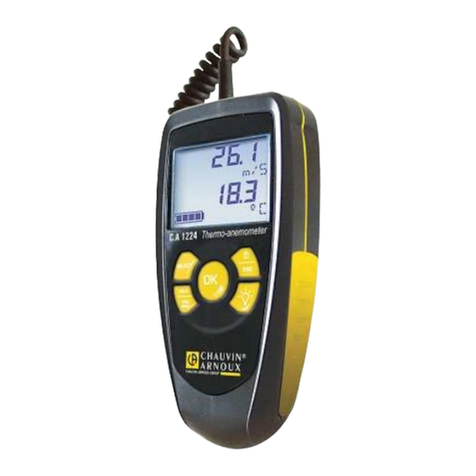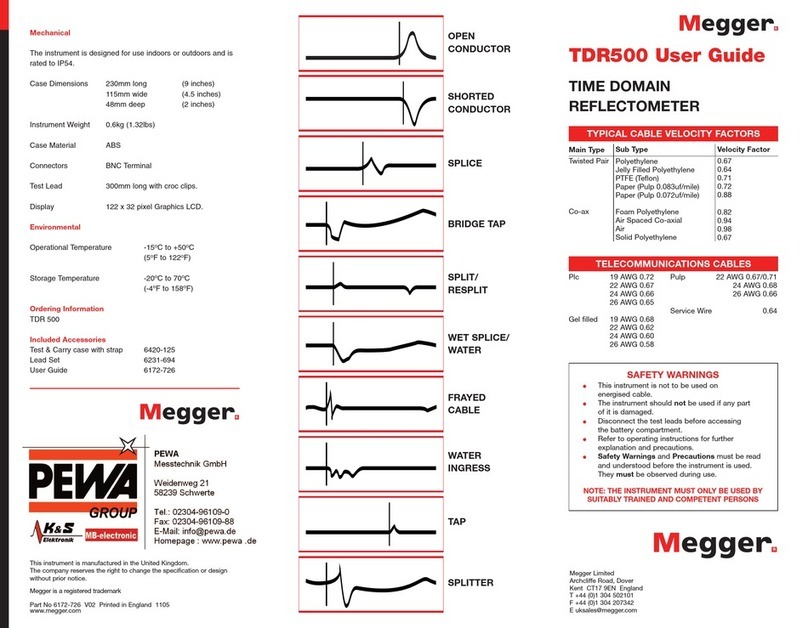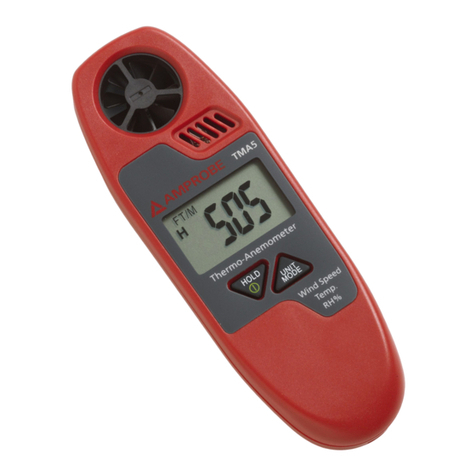3
I. INTRODUCTION
The QUESTEMPNII is an easy to use personal heat stress indicator which
monitors the human body's temperature via the ear canal. Any offset
between the ear and body temperatures is adjusted for by calibrating
directly to the individual's oral temperature.
The QUESTEMPNII personal monitor is intended to be a part of a well managed
heat stress program. It is an alerting device which warns the user that
their body temperature has risen above the "safe" level and that action
should soon be taken to allow the body to cool. The QUESTEMPNII monitor
acts as an aid and does not replace the individuals own feelings and
judgement.
The hypothalamus, located at the base of the brain, is the body's
temperature controller. The ear canal borders the hypothalamus and will
track its temperature changes once the canal is isolated from the outside
environment. A small sensor is placed in the ear canal, via an E.A.R.®
earplug, which will monitor the change in the body's temperature and set
off an audible alarm when the level reaches a preset limit. The
recommended limit is 38°C according to the WORLD HEALTH ORGANIZATION and
has been accepted by the ACGIH, NIOSH, and the International Organization
for Standardization. These organizations also recognize that closely
monitored, acclimatized individuals may have a higher tolerance limit of up
to 39°C. As the temperature rises above the limit, the risk of heat
related problems occurring increases. The QUESTEMP°II has the capability
of setting the initial alarm level between 38°C and 39°C and it will
automatically produce a secondary alarm if the temperature exceeds 0.5°C
above the initial alarm level.
Many people who work in hot and humid areas, particularly those enclosed in
protective suits, are in danger of overheating and becoming heat stressed.
Heat stress can occur when the body's cooling system can not keep up with
the heat induced by the activity or environment of the worker. Some
symptoms of overheating are dizziness, exhaustion, heat cramps,
dehydration, heat collapse, or, in extreme cases, heat stroke or death.
Workers in steel mills, asbestos cleaning, power plants and heavy machine
operators are examples of people who may often find themselves in
environments posing a risk for heat related illnesses.
The QUESTEMPNII consists of a belt or pocket worn electronic assembly with
a thin flexible cable leading up to a small earmold which contains the
sensor and a small speaker for an audible alert. The sensing device
protrudes from the earmold and a disposable E.A.R.® foam earplug slides
over the sensor providing a comfortable vehicle for inserting and
maintaining the sensor. The speaker and earmold remain just outside of the
ear to completely avoid any possible damage or injury to the ear canal.
4
CAL
PRINT/
RUN
II. FUNCTIONS
AMBIENT COMPENSATION
Unique to the QUESTEMP°II, a second sensor, located in the earmold, will
sense and compensate for any non-drastic changes (less than +/-10°C) in the
thermal environment. This is necessary because changes in the thermal
environment will have an effect on the outer tissues of the body including
the ear canal. By compensating for these changes, error induced by the
environment is notably reduced.
The earmold temperature is data logged and included in the printout as an
indicator of the changing thermal environment.
If the thermal environment changes drastically (greater than +/- 10°C),
then the QUESTEMP°II should be recalibrated in that environment.
KEYPAD FUNCTIONS
A desired function is activated by simply depressing and releasing the
corresponding key. For the functions CAL, PRINT, CLOCK, PRINT RATE, and
ALARM LEVEL, when the key is pressed once the current value or setting will
appear in the display. Pressing the same key a second time (consecutively)
will allow that setting to be changed.
If an oral thermometer is plugged into to the CAL jack,
then the oral temperature will be displayed and updated.
If the thermometer is not plugged in or if the temperature
is below 29.5°C then "o---" will be displayed.
Pressing CAL a second time will display the value of 'ORAL
minus EAR' if the thermometer is in place. Otherwise, it
will display a temperature, which can be adjusted by
pressing the ARROW key, to represent an oral (or core)
temperature. In either case, pressing ENTER will store the
calibration data.
See the section on CALIBRATION for more details.
The default baud rate will appear in the display. If the
ENTER key is pressed then serial ASCII RS232-formatted data
will be sent from the output jack and 'prn' will appear in
the display. If the PRINT/DATA key is pressed a second
time, the displayed baud rate will blink indicating that a
new rate may be selected with the ARROW and ENTER keys.
The baud rate options are 300, 600, 1200, 2400, 4800, and
9600 baud. After pressing ENTER the data will be sent out
and 'prn' will appear in the display.
To halt printing, simply press the PRINT/DATA key again.
The ear temperature will be displayed and the unit will
begin to log the ear (aural) temperature at 10 second
intervals along with temperature of the second sensor
located within the blue earmold. If there is a thermometer
plugged into the CAL jack and its temperature is in the
range between 30°C and 42°C, then its value will also be
